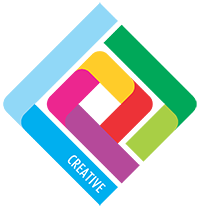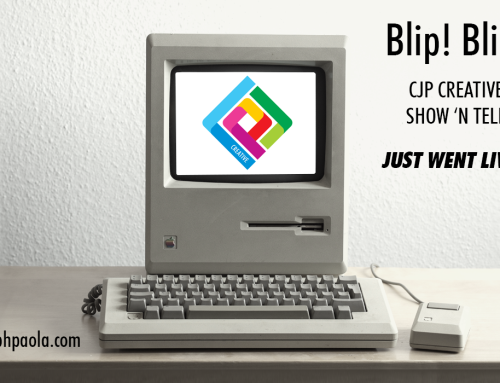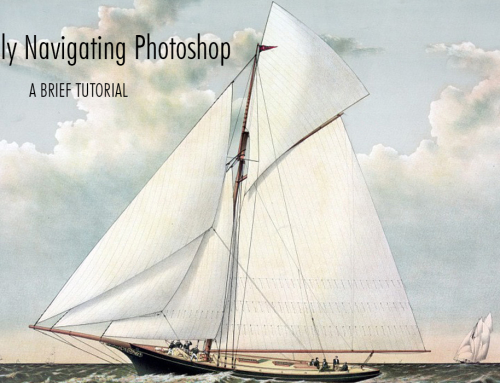Colour Theory (and Practice) is everywhere.
While most of us have an intuitive awareness of Colour it’s only the initiated who fly free with it’s use as an essential design element. But don’t worry, becoming initiated is easy, fun and immensely intriguing.
In this series of posts I’m going to explore the amazing world of Colour Theory and Practice. But not only that, if you stick with me by the end, you’ll be able to employ colour with creative mastery creating moods, feelings or striking effects of your choosing. More importantly, you’ll be able to provide your target audience with an experience that both meets and exceeds their expectations of your offering.
So let’s begin…
With the absolute basics presented in what I hope will be a memorable way.
Please watch the attached video a couple of times. It moves very quickly, but that’s okay as it’s only intended to give you a sense of what’s in store. After you’ve watched it, consider it’s contents below:
Traditional Colour Wheel (for mixing opaque pigments)
- Warm v Cool Colours
- Primary, Secondary and Tertiary Colours
- Hue & Saturation
- Value
- Tint
- Shade
- Tone
RGB Colour Model (for mixing or adding light)
- Red, Green and Blue overlap to form Y,C,M with white in the middle.
Yellow, Cyan, Magenta Colour model for mixing translucent printing ink (Subtractive)
- Overlaps to form Red, Green and Blue again but this time with black in the middle.
The logic of colour schemes.
- Monochromatic
- Complementary
- Split Complementary
- Double Complementary.
- Analogous
- Triadic




Leave A Comment